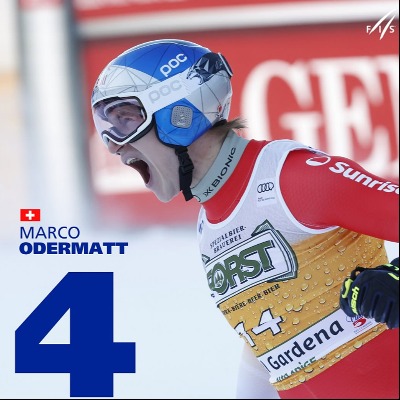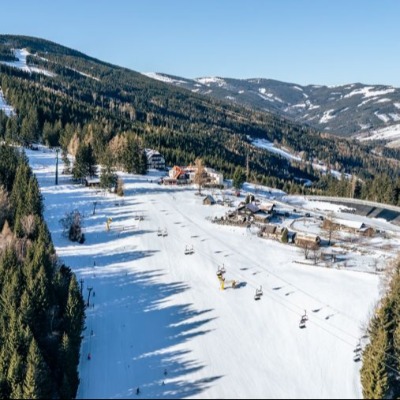Diavolezza Actively Snow Farming And Meltwater Recycling

In recent years, winter sports resorts have increasingly relied on snow farming to store snow over the summer. They also proactively rely on snow farming on the Diavolezza!
Snow farming is a general term for snow management. This includes creating/transporting, storing, preserving, preparing and maintaining snow depots. There are basically two covering methods. In ski areas, the snow is covered with a special fleece, and for cross-country skiing, for example, large piles of snow are stored under a layer of sawdust or wood chips.
On the Diavolezza, the precious white of the past winter season is thrown together with piste machines to form snow depots. The snow depots are then covered with a durable fleece made of polypropylene – a thermoplastic polymer that is made from 100% recycled material and lasts up to five years. This insulates the underlying snow. The white fleece also reflects the sun's rays and thus reduces snowmelt. About 60-80% of the stored snow can be preserved with this method. The meltwater is collected in the "Lejet da Diavolezza" and reused in autumn for artificial snowmaking. This is known as meltwater recycling.
Snow farming can be described as an adaptation strategy to climate change. Not only does it have the advantage that the winter season can start earlier, but the energy and water consumption is around a third lower than with conventional snow production. Furthermore, the mechanical effort for slope preparation is reduced. Snow farming has been practiced successfully on the Diavolezza since 2007. Since this method of snow recycling has been used, the thickness of the Diavolezza Glacier has increased by more than ten meters at its thickest point. Thanks to the uninterrupted, successful snow farming with a positive mass balance, there was even a 10,000 m2 "glacier" in the lower part.













